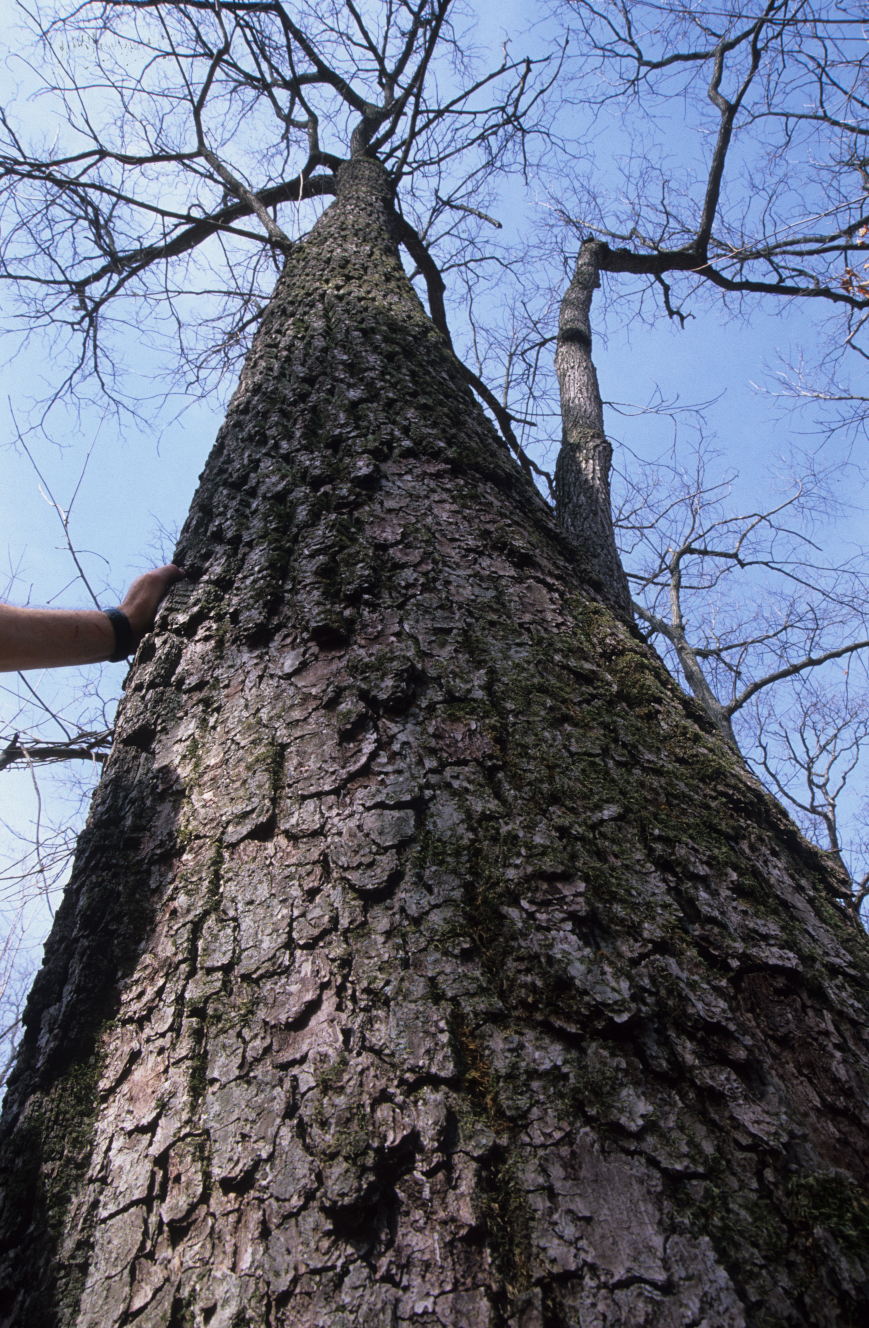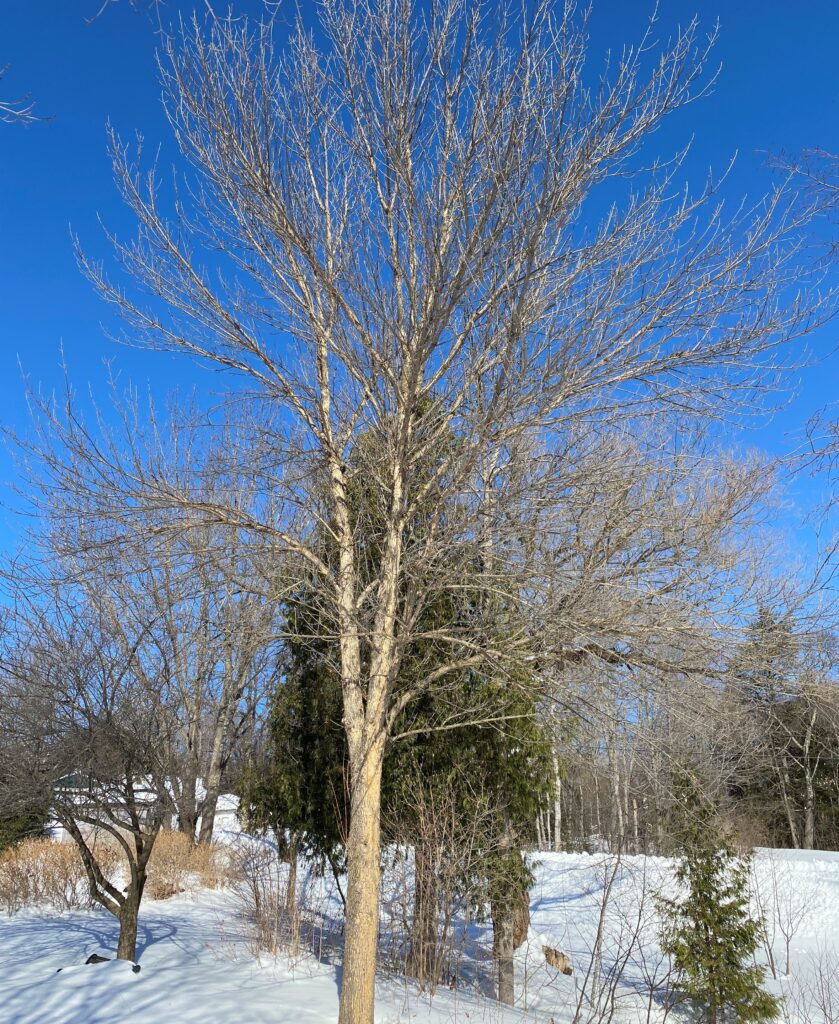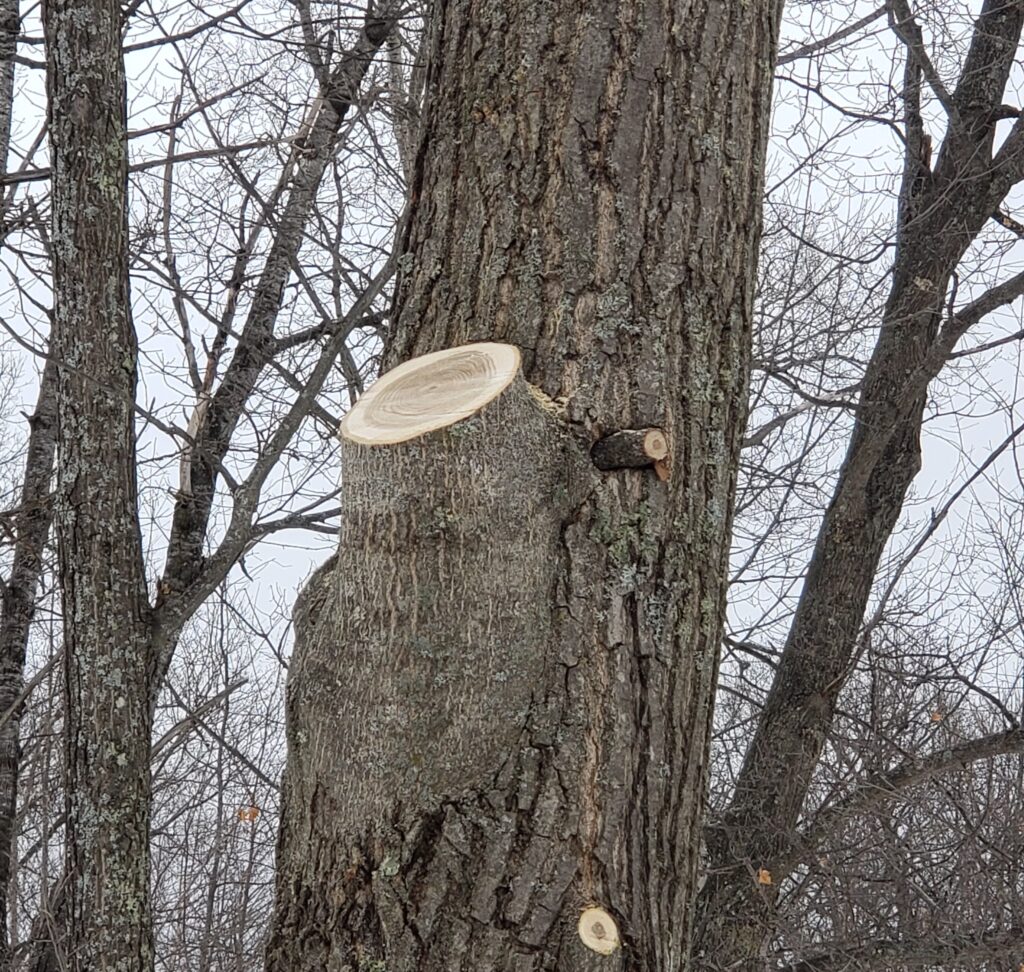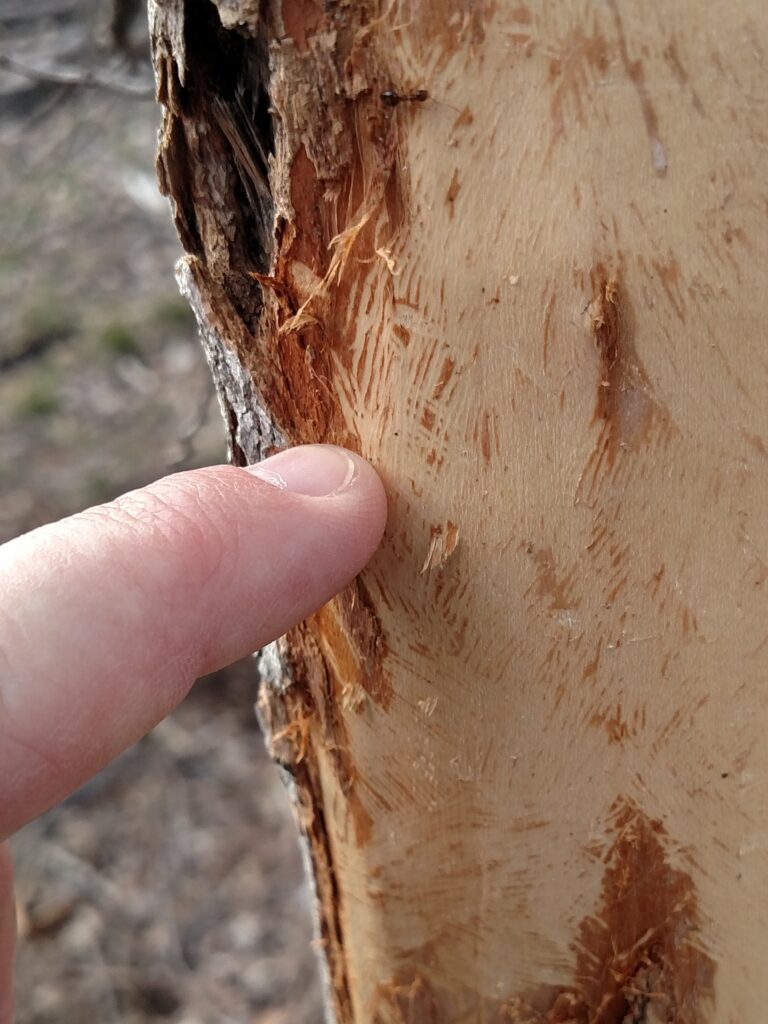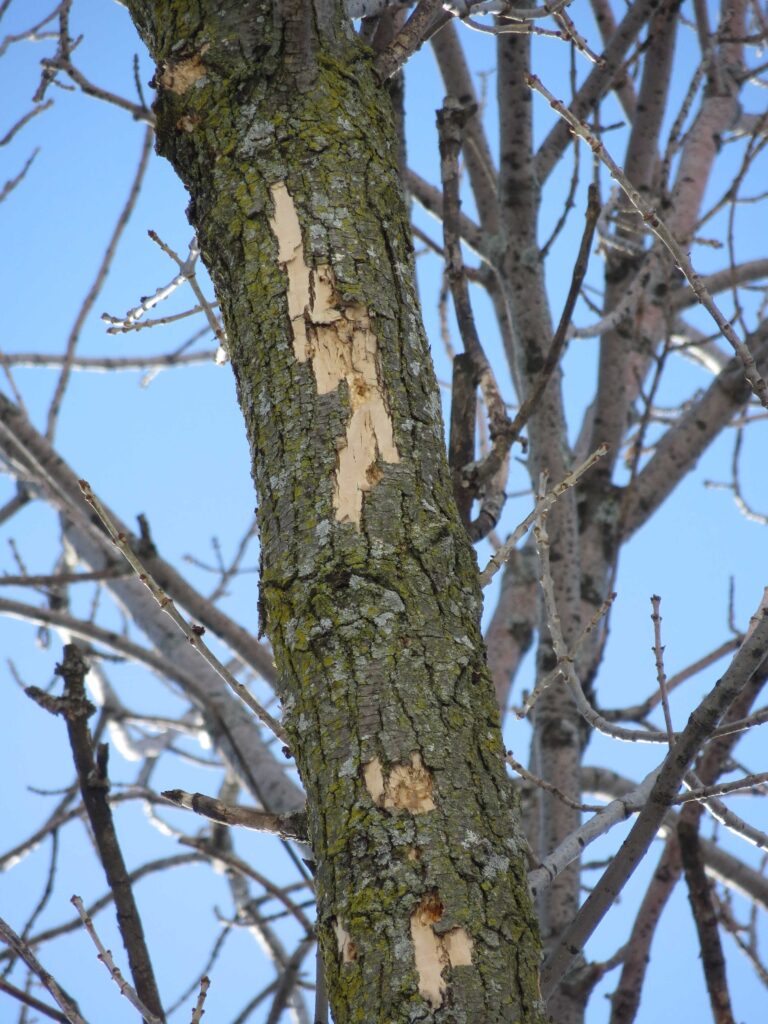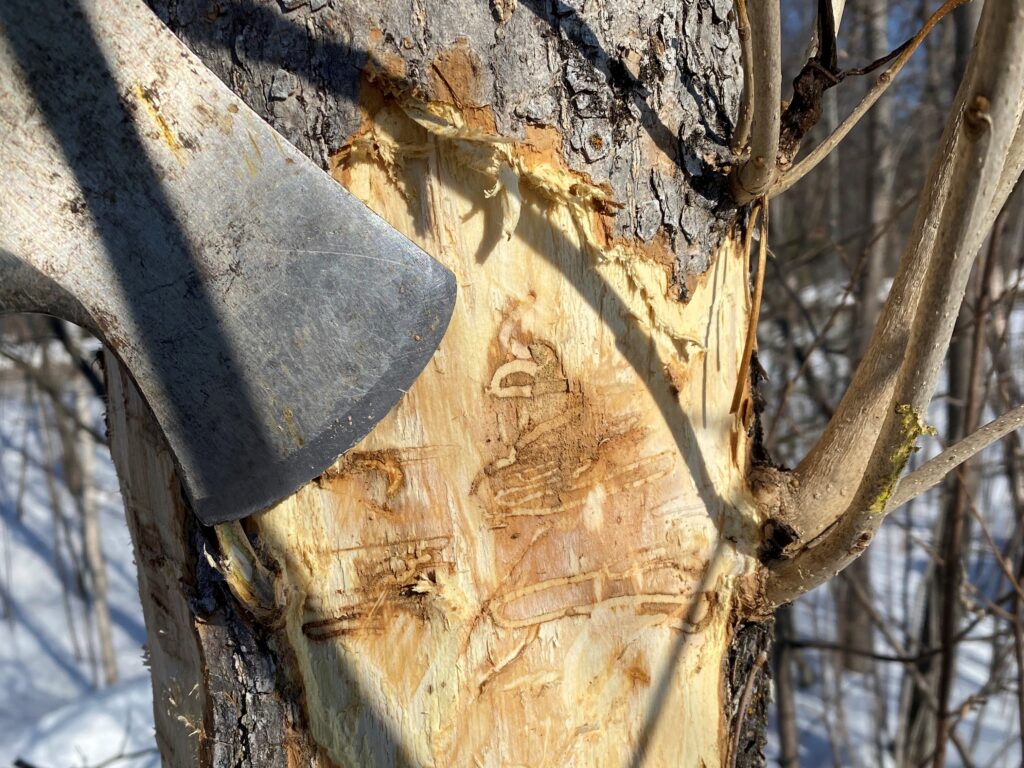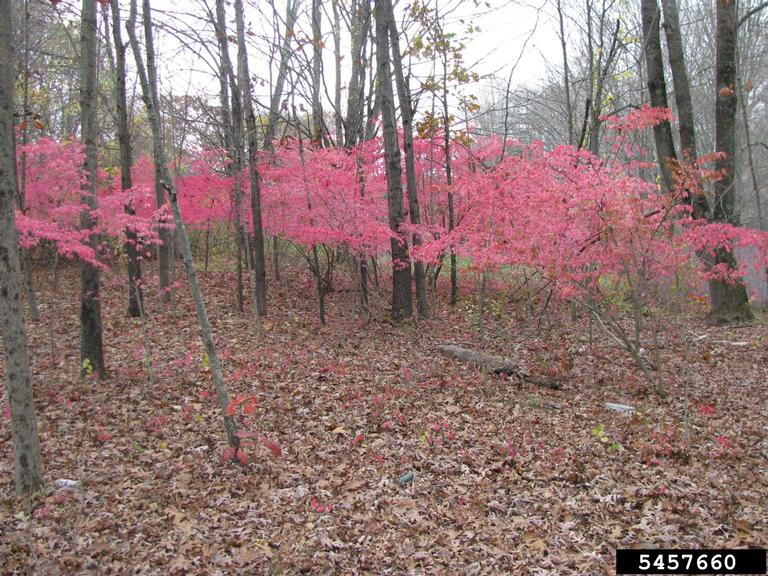By Linda Williams, DNR Forest Health Specialist, Woodruff, Linda.Williams@wisconsin.gov, 920-360-0665 & Paul Cigan, DNR Forest Health Specialist, Hayward, Paul.Cigan@wisconsin.gov, 715-416-4920.
Spring cleanup is always a busy time in the Northwoods as those with second homes and cabins make the trek northward to prepare for a summer of fun. For many, this will mean cleaning up trees and branches damaged by winter storms.
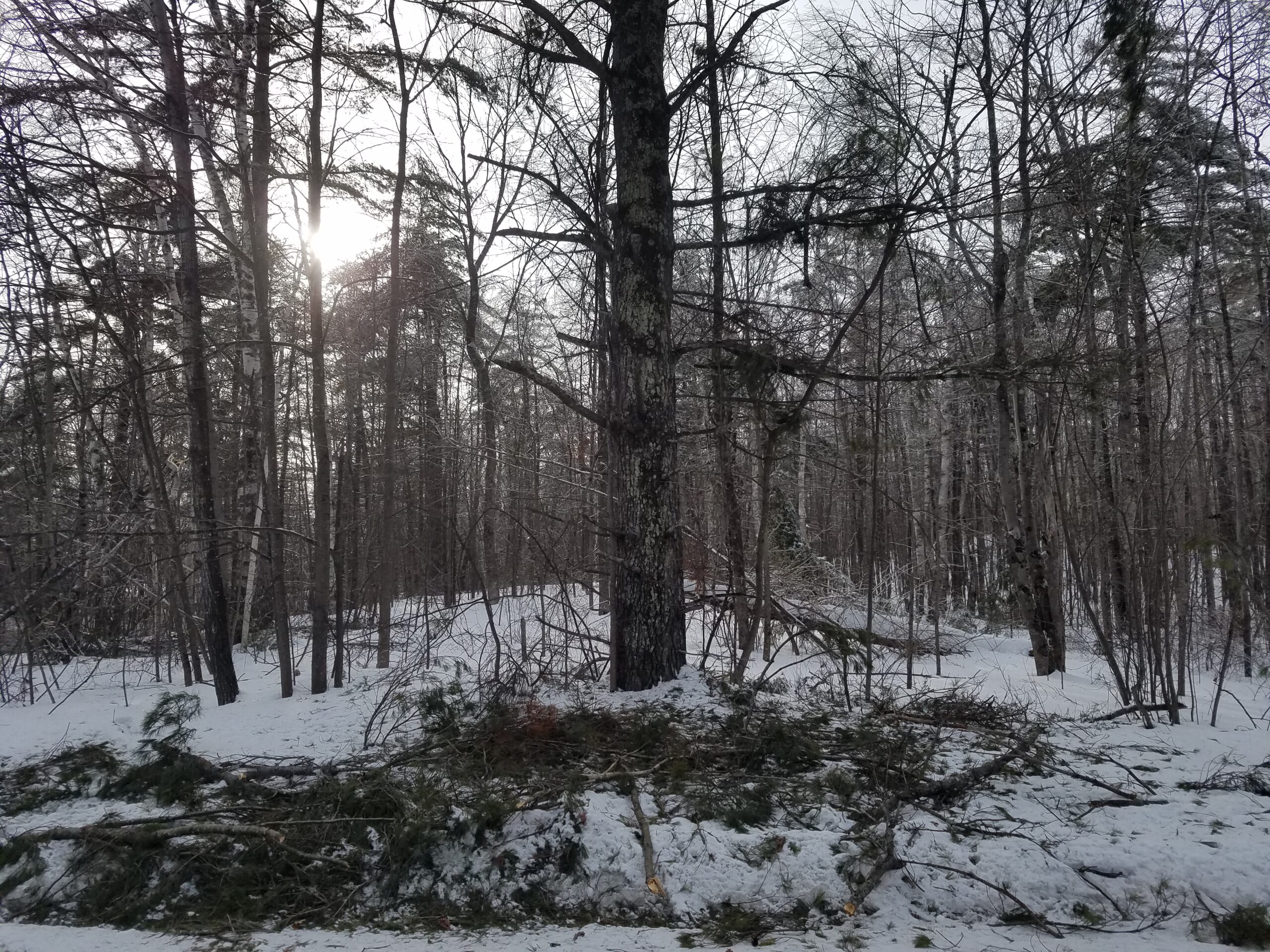
Large white pines (pictured here) and young birch growing on forest edges were most heavily impacted by winter’s storms. Photo: Wisconsin DNR
Continue reading “Spring Cleaning: Storm Damage Cleanup Brings Oak Wilt Risk”


